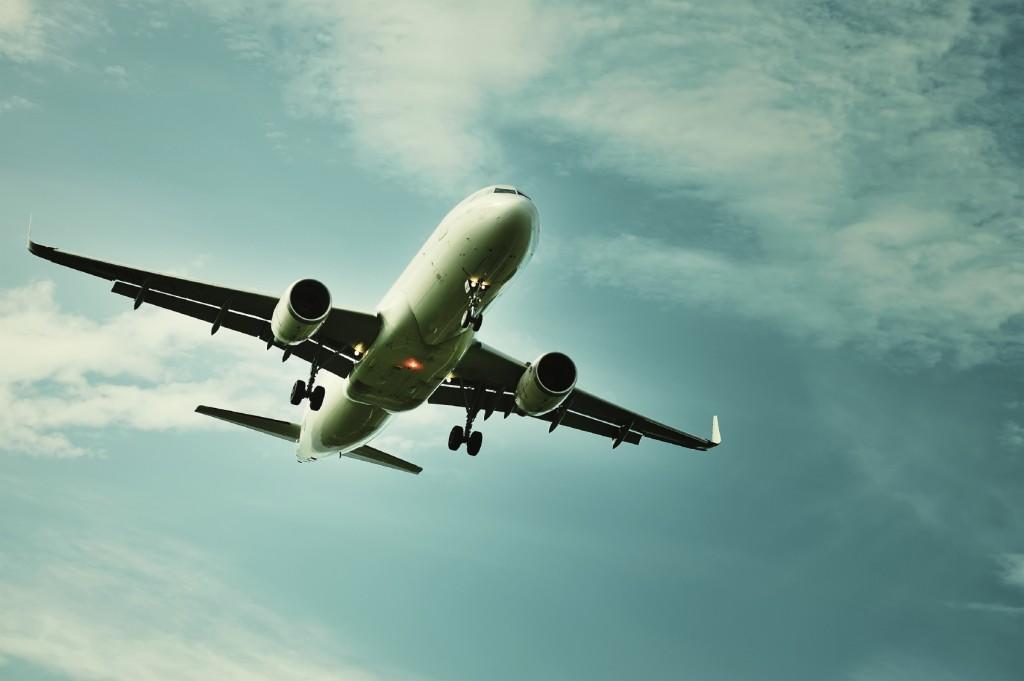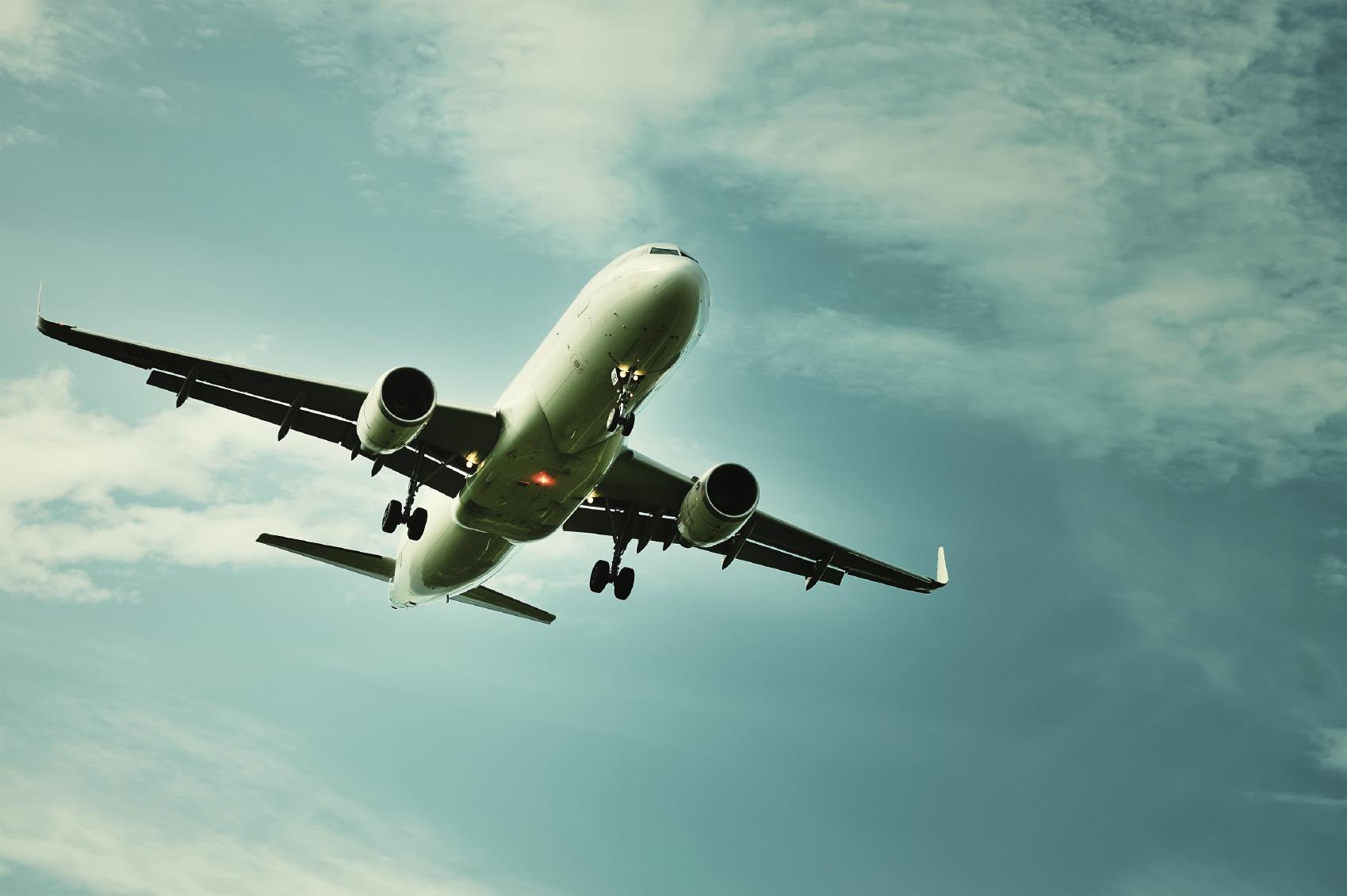These Airlines Accepted the Most Government Support During COVID-19

Plane in the sky. Feel of freedom.
The COVID-19 pandemic has wreaked havoc on airlines and their bottom lines, as flyers are choosing to stay home and borders close. As a result, some carriers were forced to accept assistance from their governments. Lufthansa had one of the biggest bailouts of 2020 – but how much did other airlines get?
The COVID-19 pandemic has taken an unmeasurable toll in the number of lives lost. The aviation industry is not immune, and has lost a number of talented individuals to the viral outbreak.
Because flyers are opting to stay “safer at home” to avoid potential contact with the novel Coronavirus, airlines have taken serious hits to their budgets and bottom lines. In addition, border closings and mandatory quarantine periods have forced flyers to reconsider their travel plans until the virus gets under control.
As a result, some airlines have turned to their governments for bailouts. Although Lufthansa’s bailout from the German government is the biggest of 2020, OAG Aviation Worldwide broke down how all the packages compare in a recent webinar
Singapore Airlines Deemed Most Expensive Based on Seats Flown
Comparing all of the airlines that have accepted state aid, the biggest proportional package went to Singapore Airlines. Flying only 6.6 million seats between January and August 2020, the $8.7 billion support package cost the city-state government $1,315 per seat.

Slide courtesy: OAG
Hong Kong-based Cathay Pacific’s deal was the second most expensive, coming in at $574 per flown seat, while Alitalia’s tentative program would rank third at $394 per seat. Although Lufthansa Group and Air France-KLM Group took the most money from their respective governments, the bailouts only cost $372 and $334 per seat, respectively.
In the United States, American Airlines $5.8 billion tops all the carriers, but only broke down to $52 per available seat flown. Delta Air Lines accepted $5.4 billion in support, which comes down to $59 per seat flown. United Airlines took the least of the legacy carriers at $5 billion, but it cost the government $71 per seat flown. Southwest Airlines, who only accepted $3.3 billion in support, cost the state a paltry $31 per seat flown.
South American Carriers at Higher Risk of Bankruptcy
Despite the government and investor support, there are few airlines that are considered a low financial risk. With their generous support from their government, Lufthansa joins names like Air New Zealand, Emirates, and Singapore Airlines as airlines at a low financial risk.

Slide courtesy: OAG
Those at high risk include several low-cost international carriers, including Avianca and Aeromexico. Aeromexico filed for bankruptcy earlier this year to reorganize their assets and liabilities. Also in the high risk category is Virgin Atlantic, which negotiated a bailout package from shareholders Virgin Group and Delta.
Among the U.S. carriers, Delta and United join ultra-low-cost carriers Allegiant Airlines and Spirit Airlines in the moderate risk category, while American is in the high risk, moderate support category. According to the New York Times, American is expected to accept a $4.75 billion loan from the U.S. Treasury.























Of course a predominantly long haul airline will collect more per seat. I wonder which airline collected the most government support based on seat miles flown?
Yes, Delta applied and approved for a $5.4billion, but according to other news sources, Delta is not taking the loan.